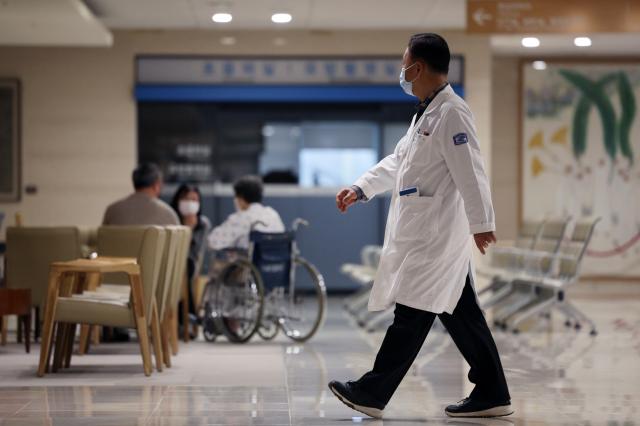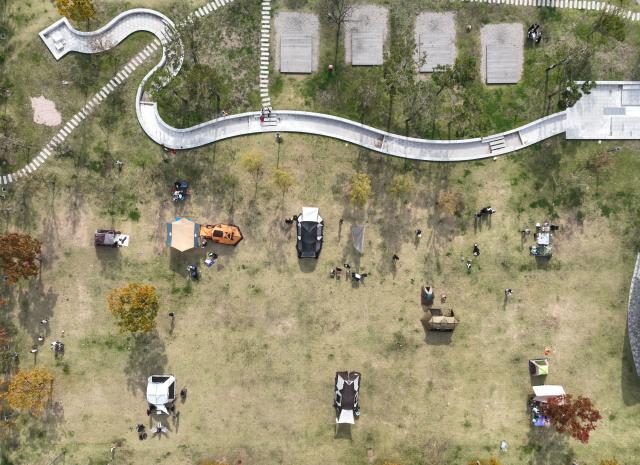
IBS RNA research team head Narry Kim [Courtesy of Institute of Basic Science]
SEOUL -- The transcriptomic architecture of the genome of a novel coronavirus that caused a global pandemic has been unknown. South Korea researchers opened a new direction to investigate the virus' mechanisms by presenting a high-resolution map of its transcriptome.
The virus designated as severe acute respiratory syndrome coronavirus 2 (SARS-CoV-2) has ribonucleic acid (RNA) genes, penetrates host cells and replicates RNA containing genetic information. RNA is a polymeric molecule essential in various biological roles in coding, decoding, regulation and expression of genes.
Researchers from the Institute for Basic Science (IBS) and the Korea National Institute of Heal, a state research body, analyzed all the coronavirus transcription produced within host cells and found dozens of RNAs. Narry Kim, who heads the IBS RNA research team, said the study would contribute to shortening the diagnosis time of gene amplification tests.
Coronaviruses were thought to primarily cause enzootic infections in birds and mammals, but the recurring outbreaks of SARS, MERS, and COVID-19 have clearly demonstrated their remarkable ability to cross species barriers, Kim's team said in a research paper published through Cell, a peer-reviewed scientific journal.
"DNA nanoball sequencing shows that the transcriptome is highly complex owing to numerous discontinuous transcription events. Functional investigation of the unknown transcripts and RNA modifications discovered in this study will open new directions to our understanding of the life cycle and pathogenicity of SARS-CoV-2," the research team said.
Like other RNA viruses, coronaviruses undergo frequent recombination, which may allow rapid evolution to change their host/tissue specificity and drug sensitivity, the team said. "The frequent fusion detected in this study may provide a basis for variant generation, and need to be investigated in detail."
RNA modifications may contribute to viral survival and immune evasion in infected tissues as the innate immune system is known to be less sensitive to RNAs with nucleoside modification, the researchers said. "These new molecular features will need to be studied further in animal tissues and cell types that have an intact interferon system."
"Comparative studies on their distribution and functional significance will help us to gain a deeper understanding of SARS-CoV-2 and coronaviruses in general. Our data provide a rich resource and open new directions to investigate the mechanisms underlying the pathogenicity of SARS-CoV-2."




